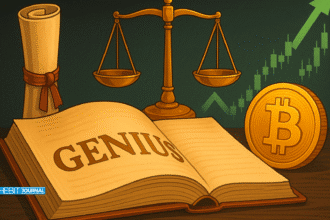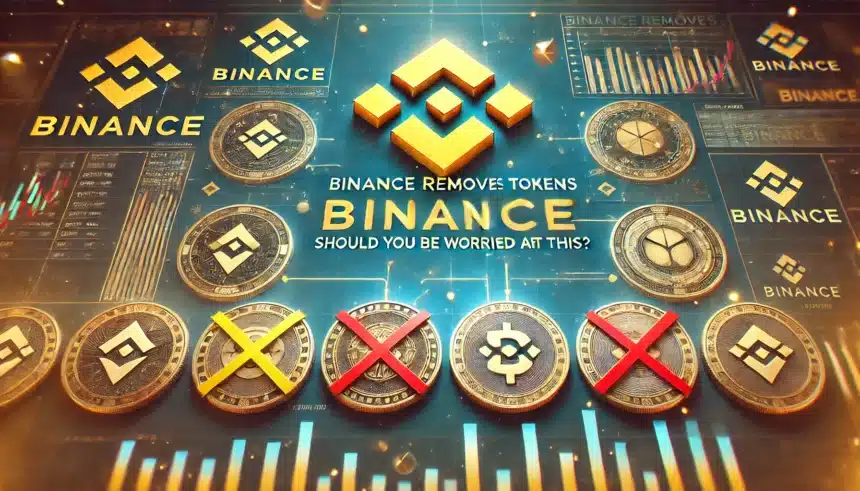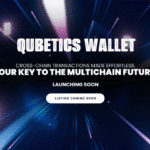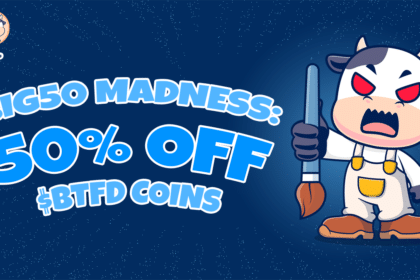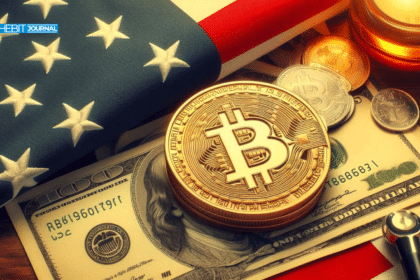By December 10, Binance, the world’s largest cryptocurrency exchange, has announced it will delist five tokens. Gifto (GFT), IRISnet (IRIS), SelfKey (KEY), OAX (OAX), and Ren (REN) did not meet exchange industry compliance standards. That news resulted in the affected tokens losing nearly 40% of their value and generated comprehensive market reactions.
Binance will delist these tokens on December 3, which will also affect various trading pairs and stop futures, loans, and margin activities of these tokens from Binance on December 3. Moreover, cross-margin borrowings will be suspended as early as November 27. Binance’s goal, however, is to continue listing tokens with strong standards: looking closely at whether a given project can afford liquidity, is committed to the project, and is secure.
Binance’s Delisting Criteria and Community Reactions
Binance did not elaborate on what exact compliance regulations the delisted tokens violated. But the exchange said it constantly considers whether a project will have a sufficiently involved and committed team, is developing well, has enough liquidity, sufficient trading volume, and is responsive to due diligence requests. These tokens are removed in Binance’s continuing efforts for a safe and sustainable trading space.
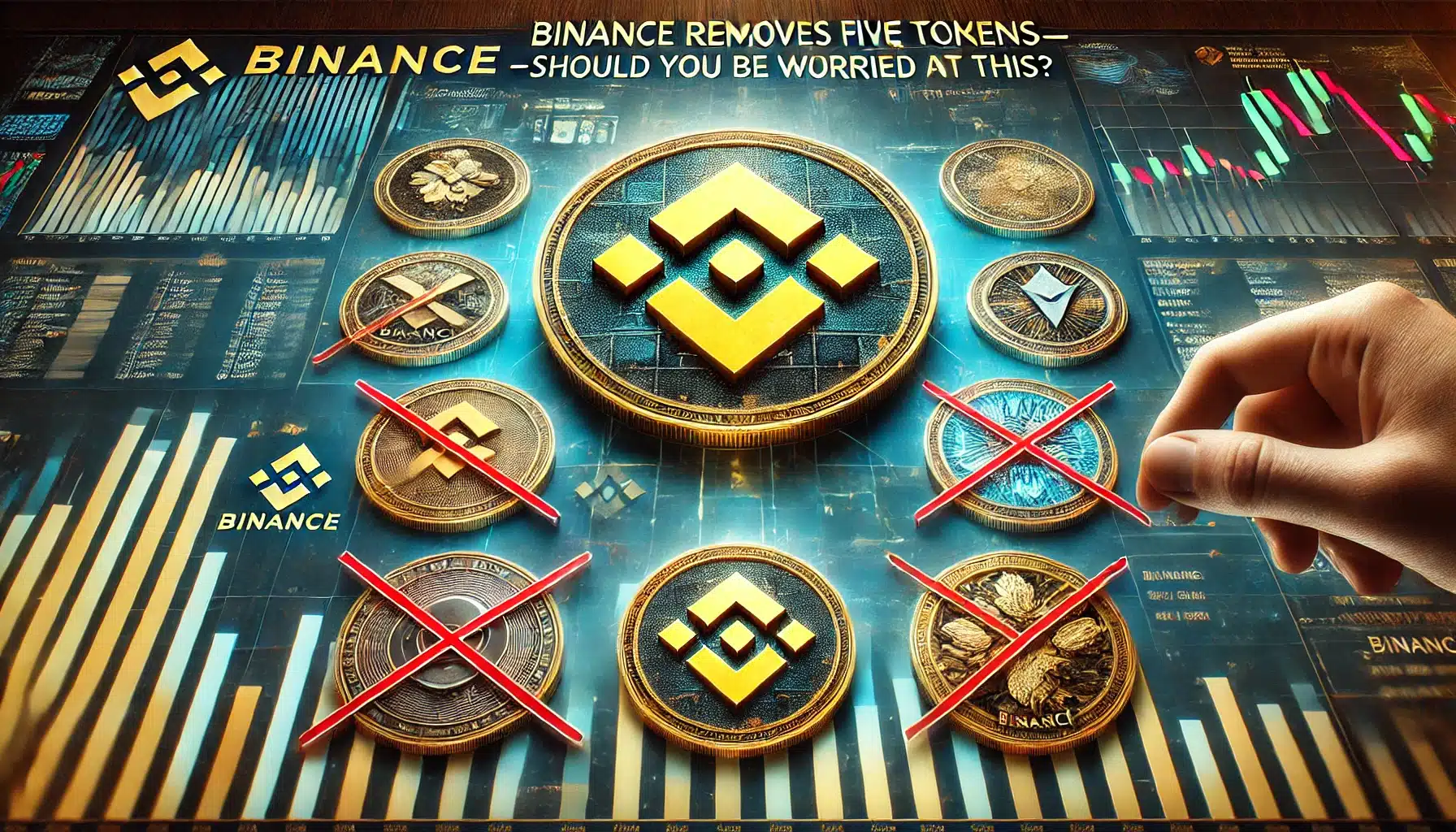
The exchange did not explain precisely why the tokens were delisted, but low trading volumes for these tokens in recent months were a significant factor. In March alone, $34 million worth of Tokens, such as REN, was traded, but by early November, it was down to a paltry $6 million. OAX, too, saw its volume dwindle dramatically from a peak of $101 million to $500,000 by October, with questions hanging over the cryptocurrency’s liquidity.
The Gifto community members complained about the project’s developers’ lack of updates. One user said,
“I lost more dollars in this project and gave up because the devs don’t even post anything about this issue.”
With the Gifto team in mute mode and market activity declining, the delisting decision may have been made even more likely.
Impact on Token Holders and Binance’s Future Plans
Binance has warned its users who hold these tokens that deposits will close after December 11. After December 12, holders will no longer receive withdrawals and will have a short window to realize the value. According to Binance, any remaining tokens will be able to be changed for stablecoins starting December 13, but not all will be.
This represents a major departure from how Binance now operates and treats its listing process as delisted and suspended these tokens. With the strict standards, such tokens (with low liquidity and poor development) may require some support to remain listed on the exchange. It could have big consequences for the wider crypto industry, especially the smaller workings within the sector that struggle with adoption and support.

Binance will remove low-volume tokens as a sign that compliance in the cryptocurrency market is growing in importance. Pressure on smaller projects to demonstrate sustainable growth and stability is increasing as bigger exchanges such as Binance get better at vetting their listings. The trend also suggests that there could be some further consolidation in the market, where only those projects that reach an acceptable level of viability get enough investment and attention to continue.
The Broader Implications for the Crypto Market
With such volatility still running through the cryptocurrency market, it is important to remember that these five tokens have already been delisted. Reduced to a smaller token that doesn’t meet Binance’s high standards, life has become much more difficult in the sea of tokens as Binance continues establishing its brand. That’s as it is; this may lead investors to question whether it is the right time to stay in the portfolio and what tokens to exit based on their decreasing trading volumes and uncertain prospects.
The delisting is a huge blow to projects such as Gifto, IRISnet, SelfKey, OAX and Ren. Not only do they lose liquidity and exposure on one of the world’s largest exchanges, but they also add to the erosion of retail investor confidence. Meanwhile, Binance is sticking to its guns on compliance and may soon kick projects that aren’t entirely in line with the platform’s standards out of the market.
In reaction, token projects may have to redesign their modes of operation, enhance liquidity, and strengthen community relationships. And these efforts may be required to survive in an increasingly competitive, regulated market. Such criteria will become a precedent for other exchanges to follow.
Follow us on Twitter and LinkedIn, and join our Telegram channel to be instantly informed about breaking news!

